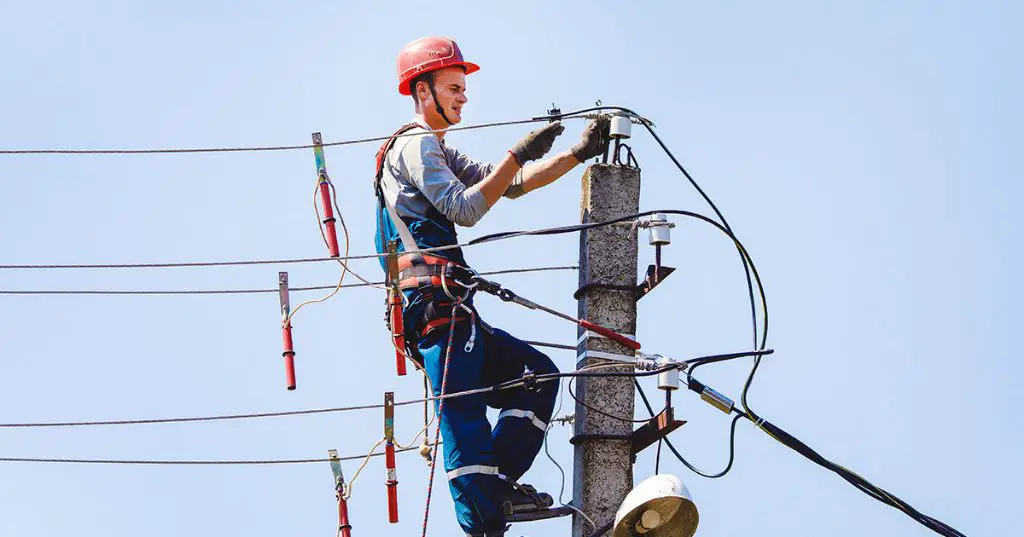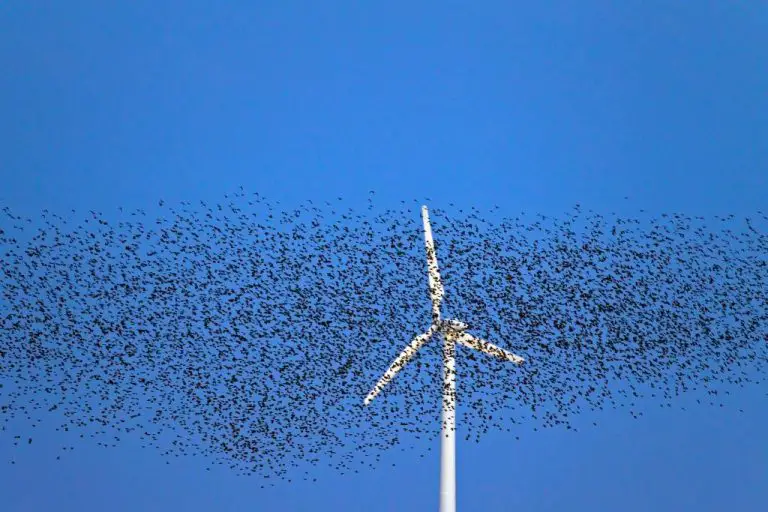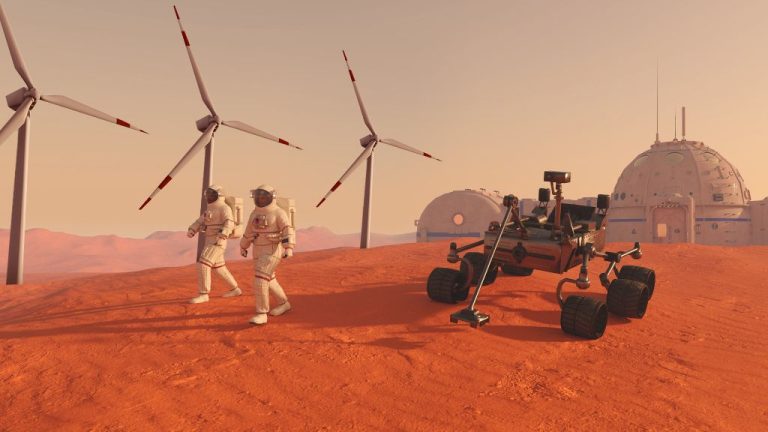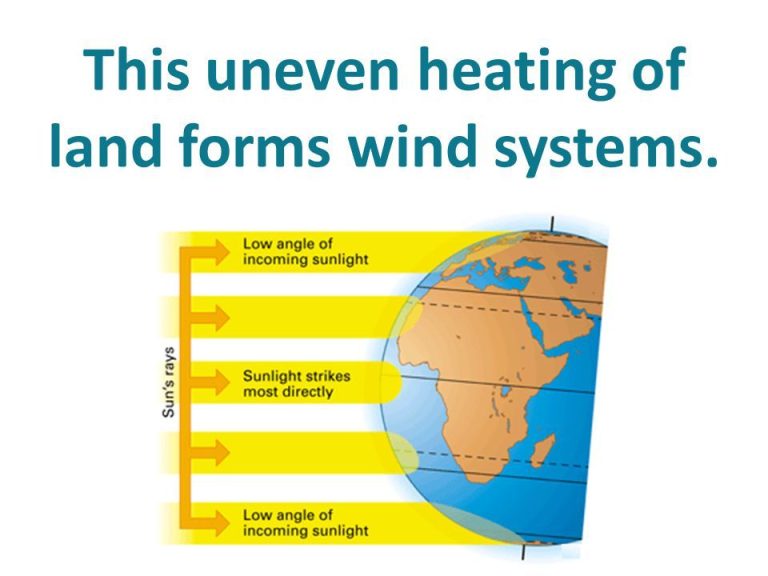Is Wind Energy Transferable?
Wind energy transferability refers to the ability to capture wind power in one location and transmit it across long distances to communities and cities that require electricity. As wind turbines proliferate across the globe, there is growing interest in harnessing abundant wind resources in remote areas and distributing that renewable power more widely. Transmitting wind energy could provide clean electricity to regions lacking their own renewable generation capacity.
However, moving large amounts of electricity over long distances presents considerable technological and economic hurdles. This raises questions about the feasibility and viability of building out transmission infrastructure to tap into distant wind resources. There are also regulatory and policy implications to consider.
This article will examine the potential benefits and challenges associated with transferable wind power. Key topics include existing long-distance transmission projects, emerging transmission technologies, costs and economic incentives, regulatory frameworks, and the environmental advantages of linking wind resources to power markets across greater geographies.
The Case for Transferable Wind Energy
Wind energy is intermittent in nature due to variations in wind speeds and direction throughout the day. Production comes from wind farms or power plants that are concentrated in certain wind-rich geographic locations. The basic idea behind transferable wind energy is to transmit the electricity generated from these wind farms over large regions via an interconnected transmission grid. This allows pooling of power from diverse wind resources and distributing it to demand centers spread over a wide area.
Transferable wind energy via transmission grids has several advantages. Firstly, it smooths out the variability in wind power generation, since wind speeds are not uniform across large regions at the same time. Secondly, it allows capturing the best wind resources which are often located in remote areas away from cities and towns with high electricity demand. Without long distance transmission, much of this high quality wind potential would remain untapped. Thirdly, transferable wind energy improves grid reliability and resilience by diversifying supply over a wider footprint. Overall, transferable wind power enables large-scale integration of renewable energy into the grid.
Challenges of Transferable Wind Power
Transferring wind energy over long distances comes with significant challenges. The most notable issues are the complexity and costs associated with long-distance transmission infrastructure, as well as the intermittency of wind itself.
Building transmission lines capable of carrying large amounts of electricity hundreds or thousands of miles is enormously complex. It requires securing rights-of-way across private and public lands, expensive materials and construction, and cooperation between multiple utilities and grid operators. Costs quickly add up into the billions of dollars.
Intermittency stems from the inherent variability of wind patterns. Wind farms may produce abundantly at some times and little-to-none at others based on weather conditions. This inconsistency makes it difficult to integrate distant wind power into the larger grid, which requires steady and reliable electricity supply to meet demand. Sudden drops in wind generation can destabilize the system.
Solutions exist like better forecasting to anticipate wind availability and storage to bank excess generation. But smoothing out intermittency also comes at a high price. These factors make transferring wind power over long distances an immense obstacle to overcome.
Examples of Existing Wind Power Transmission
Some notable examples of successful long-distance wind power transmission currently exist in various parts of the world. For instance, in China, massive wind power bases are being built in the northern provinces of Gansu, Inner Mongolia, Xinjiang and Hebei where wind resources are abundant. Ultra high voltage direct current (UHVDC) transmission lines up to 2,000km long transmit this clean energy to high-load centers such as Shanghai and Guangdong in the southeast. These ambitious megaprojects exemplify how advancements in HVDC technology are making large-scale wind power transmission over very long distances possible.
Texas has also demonstrated long-distance wind power transmission at a large scale. Multiple high-voltage DC transmission lines have been constructed to carry wind energy from windy west Texas where many farms are located, to high-demand metropolitan areas like Dallas, Austin, San Antonio and Houston 500-600 miles away. Other states like California, Oklahoma, Kansas and Iowa utilize high-capacity AC and DC transmission lines to share wind energy resources between localities hundreds of miles apart.
In Europe, cross-border interconnections between countries have enabled effective utilization of wind power capacity. For example, Denmark transports wind energy surpluses to Norway, Sweden and Germany through HVDC subsea cables up to 580km long. And Africa is looking to build enormous multinational power transmission highways that can send abundant wind electricity from optimal sites like Morocco to as far south as South Africa.
Technology Enabling Wind Energy Transfer
Recent innovations in transmission technology are making it easier to transfer wind energy over long distances. One example is high-voltage direct current (HVDC) lines which are more efficient at transmitting electricity over hundreds of miles compared to traditional alternating current transmission. HVDC lines have lower electricity losses and can interconnect separate power grids, expanding wind energy access across broader regions.
Advancements in power electronics, like voltage source converters, have improved the stability and control of HVDC networks. This enables farther transmission reach for remote wind farms. New overhead, underground, and submarine HVDC line designs also allow wind power connectivity between urban load centers and rural generation hubs through diverse terrain.
Software and grid management platforms are likewise integral for coordinating the transfer of wind energy. Systems like smart grids, energy management software, and advanced weather forecasting models provide real-time visibility into electricity supply and demand across vast grids. Grid operators can redirect and reroute wind energy with greater efficiency to areas experiencing peak load. This balancing of variable wind generation and flexible transmission prevents energy congestion and bottlenecks.
Policies and Regulations
Government policies and regulations have played a significant role in enabling and incentivizing the development of transferable wind power. Many governments around the world have implemented renewable energy targets and incentives to accelerate the transition away from fossil fuels. These policies help drive investment into building new wind farms and transmission infrastructure.
Some of the key policies related to transferable wind power include renewable portfolio standards, feed-in tariffs, tax credits, and permitting for transmission lines. Renewable portfolio standards mandate that utilities generate or purchase a certain percentage of power from renewable sources. Feed-in tariffs provide guaranteed pricing for renewable energy fed into the grid over long periods of time. Investment tax credits and production tax credits provide financial incentives to build new renewable generation. Streamlined permitting for transmission helps enable better connectivity over longer distances.
Governments have also supported research and development into better transmission technology like high-voltage direct current lines. Policies that put a price on carbon emissions also indirectly boost the competitiveness of renewable energy. Overall, government incentives have been crucial for enabling increased investment into both renewable energy generation and transmission infrastructure. These policies will continue to play an important role in scaling up transferable wind power globally.
Economic Considerations
The economics of building transferable wind energy infrastructure involves weighing the costs and benefits. Some key considerations include:
Construction costs – Building long distance transmission lines to transport wind power is expensive, with costs potentially in the billions of dollars depending on the scale of the project and distance covered. There are economies of scale when building larger capacity systems.
Operational costs – Maintaining transmission infrastructure also requires ongoing expenditures for repairs, upgrades and administration. However, well-designed systems can operate reliably for decades.

Revenue opportunities – Building transmission to new locations opens up access to sell wind power to new customers and markets, providing revenue streams to recover costs over the long-term.
Improved grid reliability – Investing in transmission can strengthen the overall grid, providing ancillary benefits beyond just transporting renewable energy.
Environmental benefits – Enabling long distance transmission allows development of the best wind resources which may be remote. This displaces fossil-fuel power generation, reducing pollution and emissions.
Cost savings – Transmission provides access to low-cost wind energy, reducing electricity costs for consumers if those savings are passed along.
Job creation – Major infrastructure projects create construction and operations jobs, providing local and regional economic benefits.
With careful planning and design, the long-term benefits of building transmission lines to transfer wind power can outweigh the substantial initial investments required. Performing detailed cost-benefit analyses helps determine the best options.
Environmental Impact
One key area to consider with large-scale wind power transmission is the potential ecological effects. Constructing long-distance high-voltage power lines can disturb natural habitats during the building process. There are also concerns around risks to birds and bats from collisions with transmission infrastructure and lines. However, research suggests avian mortality rates are lower for transmission lines compared to wind turbines themselves. Proper routing and design of transmission projects can help minimize impacts on wildlife. Underground power cables may be an alternative, albeit more expensive option.
Transmission enables utilizing the best wind resources which are often in remote locations. This concentrates wind farms and lines to fewer areas rather than scattering smaller projects everywhere. While transmission corridors create localized habitat fragmentation, the overall landscape impact may be reduced. Furthermore, wind power displaces fossil fuels, providing ecological benefits through lower air pollution and greenhouse gas emissions.
Overall, large-scale transmission allows tapping abundant wind resources to displace more fossil fuel generation. With careful siting and design, the environmental tradeoffs of long-distance transmission may be worthwhile compared to alternatives. More research is needed, but transferring remote wind power to population centers appears an environmentally strategic approach.
Future Outlook
As wind power technology continues to advance, the feasibility of transferring wind energy over long distances will likely improve. Lighter and more durable materials, more efficient power converters, and better forecasting of wind patterns can enable longer distance transmission with reduced energy losses. There is optimism that innovations in HVDC transmission and grid coordination will unlock greater sharing of renewable resources across broader geographic areas.
Analysts project rapid growth in transferable wind power, especially from rural areas with prime wind conditions to population centers needing renewable energy. According to the Global Wind Energy Council, globally connected wind capacity is forecast to grow from about 5 GW today to over 50 GW by 2030. With political will and appropriate investments in grid infrastructure, a more robust build-out of transferable wind power could help nations modernize their electricity networks and meet their emissions reduction targets. Realizing the full potential of transferable wind energy will require holistic planning and upgrades to make power grids smarter, more flexible and interconnected.
Conclusion
In summary, the transferability of wind energy has both challenges and opportunities. On the positive side, wind power is an abundant, renewable energy source that produces no emissions during operation. Transferring wind energy from regions with strong wind resources to areas of high electricity demand can help expand the use of wind power and reduce reliance on fossil fuels.
However, transmitting wind energy over long distances faces technical hurdles and high costs. Significant investments are needed in transmission infrastructure like high-voltage power lines spanning different grid regions. There are also policy and regulatory barriers around planning, permitting, and cost allocation for interstate transmission projects.
Several existing and proposed major transmission projects demonstrate the feasibility of transporting large amounts of wind power over hundreds of miles. Advancements in technologies like HVDC lines, smart grids, and energy storage solutions can also facilitate greater wind power transferability in the future.
Overall, while transmitting wind energy requires overcoming challenges, the environmental and economic benefits make it a promising option for meeting renewable energy goals and reducing carbon emissions on a broader scale.





